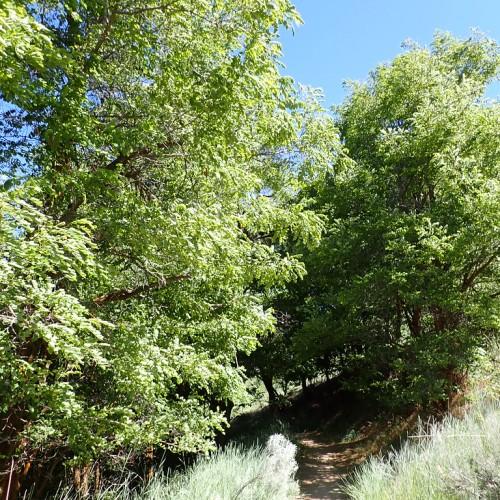
black locust
Robinia pseudoacacia
Cycle:
Perennial
Watering:
Minimum
Hardiness Zone:
3 - 8
Flowers:
Flowers In Spring
Sun:
Full sun
Soil:
Rocky , gravelly , dry, Well-drained
Fruits:
Fruits In Autumn Ready In
Edible:
Yes
Leaf:
Yes
Growth Rate:
Moderate
Maintenance:
Moderate
Poisonous To Humans:
Yes
Poisonous To Pets:
Yes
Thorny:
Yes
Invasive:
Yes
Care Level:
Medium
watering
The amount and frequency of watering for black locust (Robinia pseudoacacia) will vary depending on where it is planted, the size of the tree, and seasonal weather conditions. During the hot summer months, trees should be watered deeply and regularly, with about an inch of water per week. Watering should be done early in the morning and in such a way that the roots are evenly moistened. In winter, less frequent and even occasional deep watering may be sufficient. Trees should also be deep watered during times of drought or extreme high temperatures. Watering should be done more frequently as the tree ages.
sunlight
Black locust trees thrive in sunny locations, and need at least 6 hours of direct sunlight per day. This can be in the form of bright, indirect sunlight or direct sunlight, but the tree must be exposed to some direct sun every day. In order to achieve optimal growth, black locust trees should be exposed to sunlight for around 8 hours per day, with at least 4 hours of direct sun, and the remainder indirect sun. During the summer months, trees should receive full sun all day, and for trees in more northern climates, the full sun amount can be reduced during the winter months.
pruning
Black locust should be pruned in late winter or early spring to control the size and shape of the tree. For best results, remove only a few branches at a time to maintain natural tree structure. Start by removing any dead, damaged, or diseased branches, then thin out the crown by cutting the tallest and strongest branches by 1-third. This will help light reach lower branches and promote growth from the base of the tree. Be sure not to prune too much as this may damage the tree.
